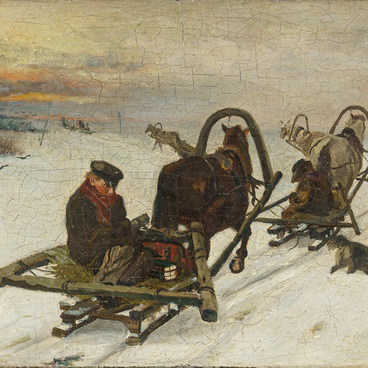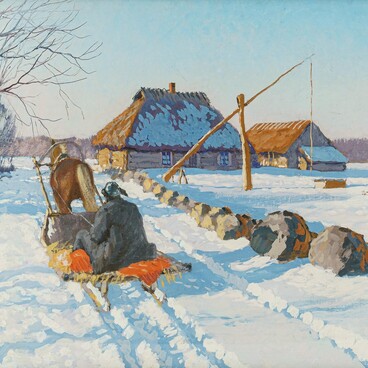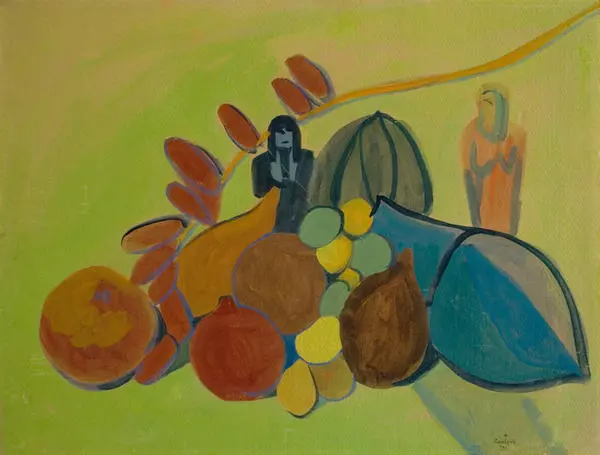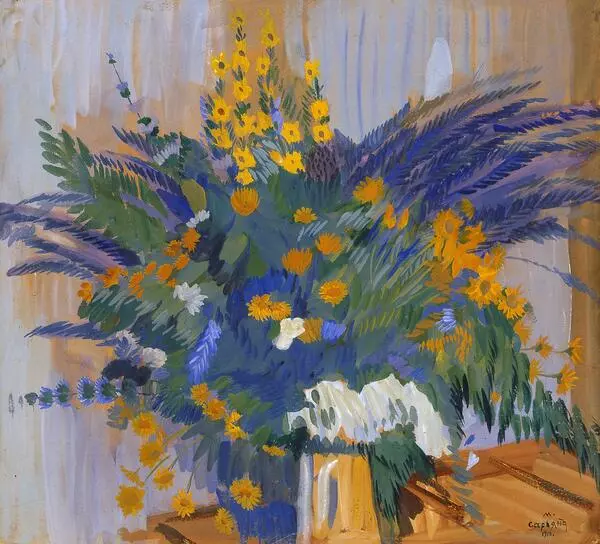In his paintings, Martiros Saryan, one of the most famous Armenian artists, beautifully depicted the mountainous expanses of Armenia, the identity and culture of his native country. In his paintings, the artist conveyed his love and affection for his native land, capturing it in a lively, bright, and fascinating manner.
“For a landscape painter, nature is everything. Only there, at the very source, one can feel all the magic power of sunlight and light in general, color, shape, and materiality of what one sees,” Manya Kazaryan and Yakov Khachikyan wrote in their book “On Landscape. Saryan on Art”.
Martiros Saryan was born in the town of Nakhichevan-on-Don (a district of Rostov-on-Don) in 1880. The future painter first demonstrated his artistic talent while he was still a school student: the boy was interested in drawings, paintings printed in magazines, copied illustrations, and made sketches. At the age of 17, Saryan entered the Moscow School of Painting, Sculpture and Architecture. From that moment on, the young artist began to search for his own style.
Martiros Saryan lived most of his life in Yerevan and felt that he completely belonged to his nation. When he worked on Armenian landscapes, he depicted nature as a daydream, filling everything with sunlight. In his landscapes, against the background of majestic mountains, the artist depicted genre scenes illustrating the familiar but incredibly colorful everyday life. Paintings by Martiros Saryan are associated with saturated colors and distinctive Armenian charm. The artist is often called “the master of color.”
Martiros Saryan spent a lot of time in the studio, even when he was not working. He liked to “communicate” with paintings, brushes, stretcher bars, and paints. He enjoyed being surrounded by paintings created by him.
“The Trees at the Foot of the Mountains” is a wonderful example of Martiros Saryan’s art. It is a sunny summer landscape — a valley with a row of trees in the foreground and dark blue mountains in the background.
In his 1917 painting, the artist used the color palette
to reinterpret the style of Armenian folk art. Despite the decorative and seemingly
simplified depiction of the mountain range in the distance and the trees in the
foreground, the composition is perceived as complete. By using virtuoso,
confident brush strokes of contrasting yellow and cold colors, the artist
created a unique image of a hot sunny day where light and shadow compete with
each other.







